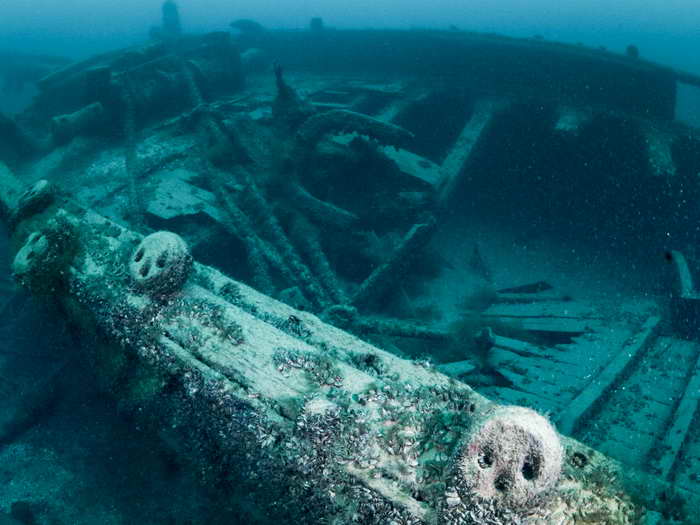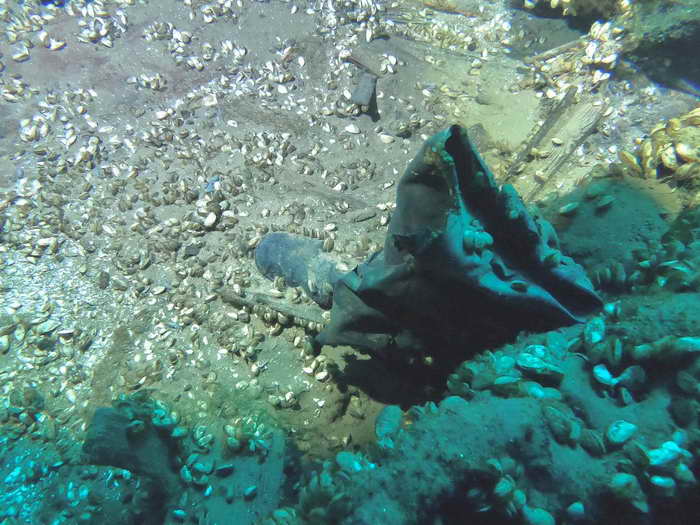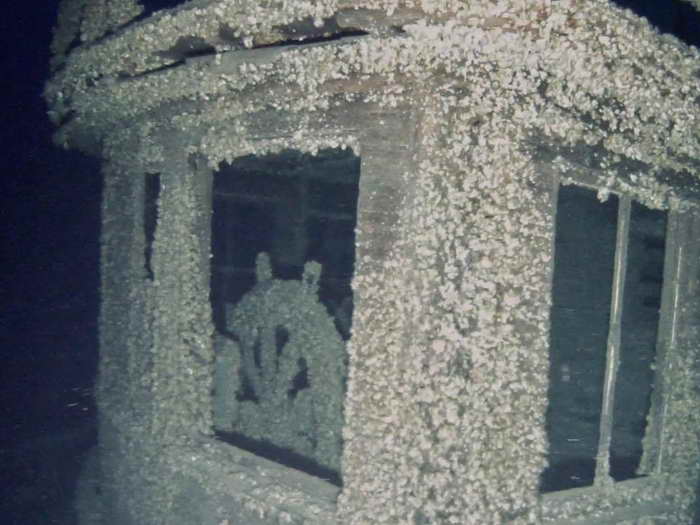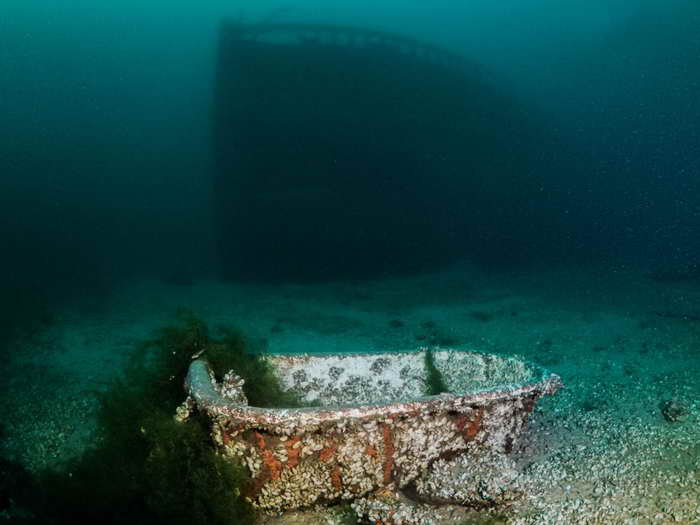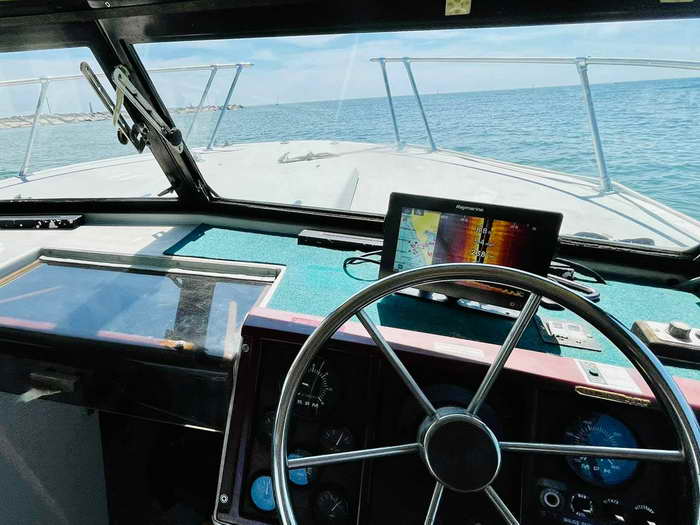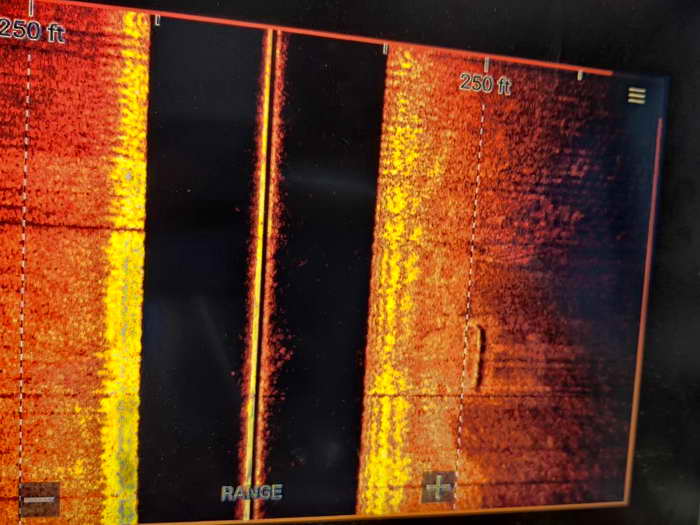Shipwrecks in the Great Lakes
From ribs of wave-rounded wood that slowly reveal themselves in the sands and shallows to fully intact ships hundreds of feet below the surface, shipwrecks in the Great Lakes fascinate many people. Perhaps it’s a reaction to seeing something so large and seemingly indestructible lying broken and battered.
There are many famous shipwrecks that have captured the public’s imagination, mostly because they have involved great tragedies that may have been avoided. Titanic raced through an ice field. Lusitania sailed into a war zone. Edmund Fitzgerald set out into a raging November storm on Lake Superior.
There are estimated to be around 6,000 shipwrecks in the Great Lakes. Most of them happened due to accidents, often caused by the limitations of man and the technology of the times. Masts snapped, rivets popped, boilers exploded and hulls snagged on reefs. Until the early 1900s, these were just the everyday occupational hazards of those who made their living on the Great Lakes. Many people set out, never to be seen again, their stories untold.
One of my goals with Blueyes Below is to bring those stories back into memory again. Many of the shipwrecks in the Great Lakes that we visit are from a long time ago. The hulks on the bottom preserve the techniques and technology of the day, and with a little research, the stories of the people on board can be told, too.
Shipwrecks in the Great Lakes are protected by a combination of state and federal laws that were first passed beginning in the 1980s. Divers can no longer retrieve items and bring them back to the shore. In many cases, shipwrecks in shallow waters have been stripped of their artifacts, a consequence of the unregulated days of years ago.
This is one of the reasons why when I go shipwreck diving in the Great Lakes I often go for the deeper wrecks. These sites are usually still full of artifacts like ships’ equipment, hand tools and even personal effects. Successfully finding and reaching a deep shipwreck is incredibly fulfilling. It is a moment filled with the joy of having accomplished something difficult, tempered with the knowledge that what you see represents loss–always of money, and sometimes of lives.
Looking through historic documents often provides clues. Hopefully, those clues put me in the right place. “The right place,” though, could easily be 10s of square miles. Sonar is then used to scan the bottom, 1,500 feet at a time up and down the defined area in a search grid. This is what we call “mowing the lawn.”
It is exactly like looking for a needle in a haystack.
On days when the sun is out, with calm waves and wind, time spent on the water can be relaxing and peaceful. Other days, it can be cold, rainy, and rough. But there is no substitute for putting in the time and the miles to scan, and scan and scan.
Targets are identified, and I try to scan them from all different angles. Shipwrecks tend to be fairly unique. If time and conditions permit, I may send down the ROV to see what we have. Usually, the position is noted for further exploration.
With Blueyes Below I have invested heavily in high-quality equipment to bring back exceptional images and video no matter how deep the wreck might be. When I’m shipwreck diving in the Great Lakes, you can rest assured there is a story, video and pictures coming soon.
If explorers like me don’t share our historical finds, most would not get to experience the shipwrecks and history behind them. My goal is to preserve them as they are, with high-quality photos and videos. It’s the only practical way to “bring them to the surface” for everyone to enjoy.
Wikipedia has a nice list of shipwrecks in the Great Lakes. It’s not all of them, but it will give you an idea of what is out there.
If you would like to learn more about shipwreck diving in the Great Lakes or have a question, please contact me here.


